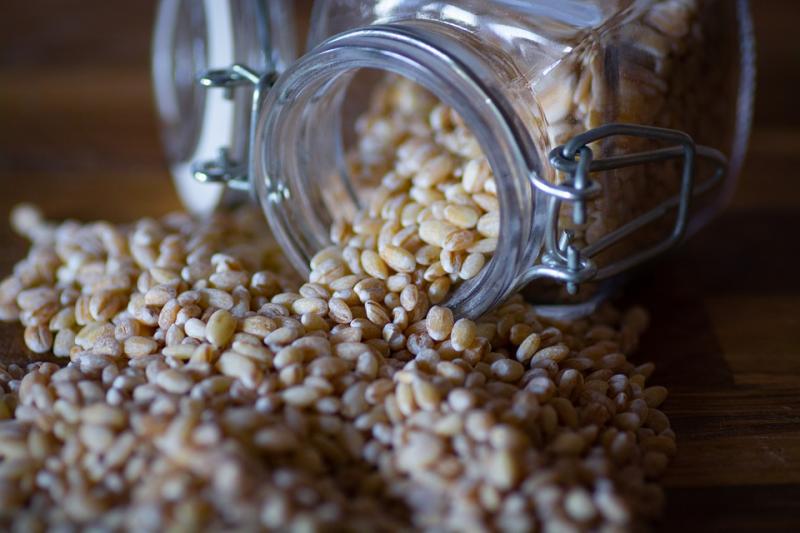
Spelt (Triticum spelta) is a characteristic plant of the Mediterranean region and southwest Asia, has a nutty and slightly sweet taste and contains gluten. It is used for the production of bread, pastries and as a breakfast cereal.
Spelt is a rich source of protein, carbohydrates, dietary fiber, copper, manganese, vitamins E, B1, B3, B2 and phosphorus.
Why is it good to introduce this cereal in the diet?
Great for bones
Spelt contains minerals that contribute to the creation and strengthening of bone tissue and are necessary for healthy and strong bones: zinc, selenium, phosphorus, magnesium and copper.
Stronger immunity
Spelt is a good source of thiamine, a vitamin that our body needs to convert carbohydrates into energy and is necessary for the normal functioning of muscles, brain and nervous system. It also contributes to strengthening immunity and reducing anxiety, stress that weakens our body's defenses.
Reduces the risk of type 2 diabetes
Thanks to the abundance of plant fibers, spelt flour regulates the amount of insulin and glucose released in the body. Research has shown that a diet rich in fiber lowers cholesterol, triglycerides, insulin, as well as blood sugar levels and reduces the risk of type 2 diabetes.
Spelled and migraine
Spelt has a high content of vitamin B2-riboflavin, which helps reduce the frequency and severity of migraine headaches.
It protects the heart
Spelt has soluble fiber that balances HDL and LDL cholesterol levels. It prevents the absorption of "bad" LDL cholesterol, cleans arteries, protects the heart and blood vessels and reduces the risk of heart attack and stroke.



